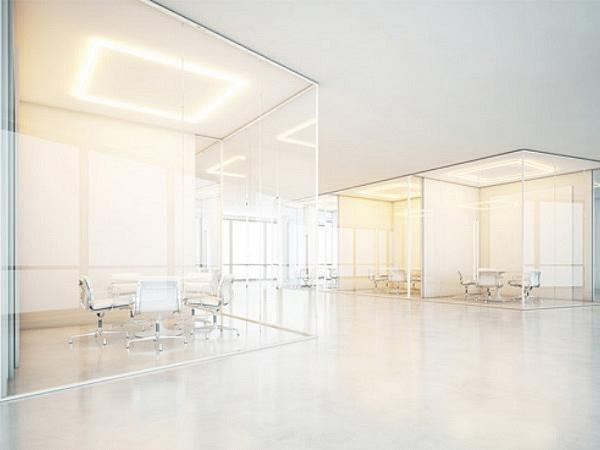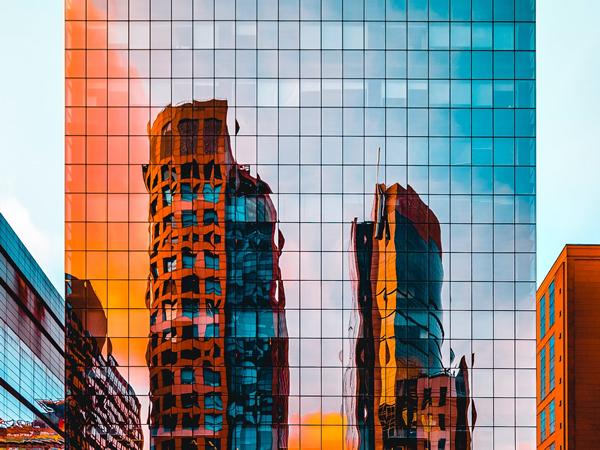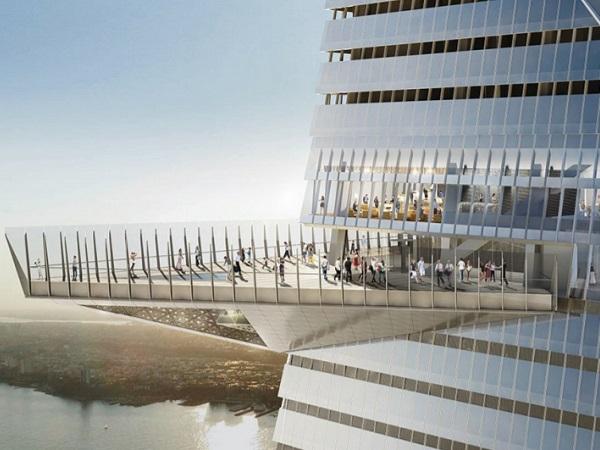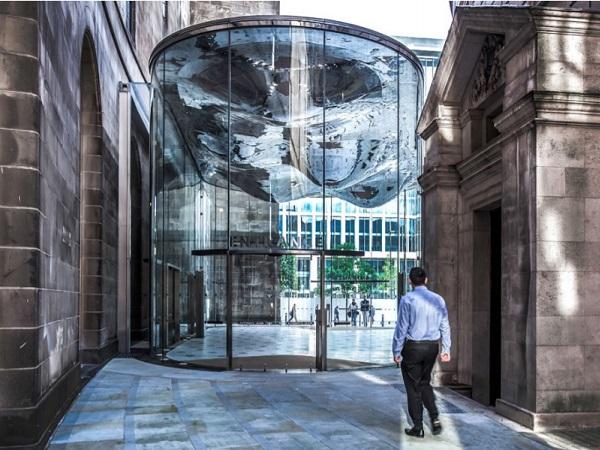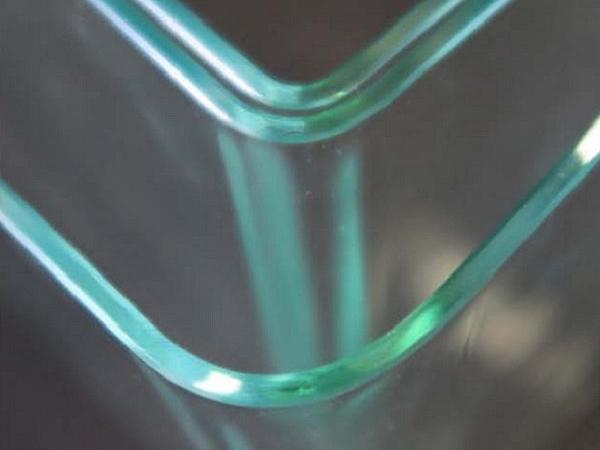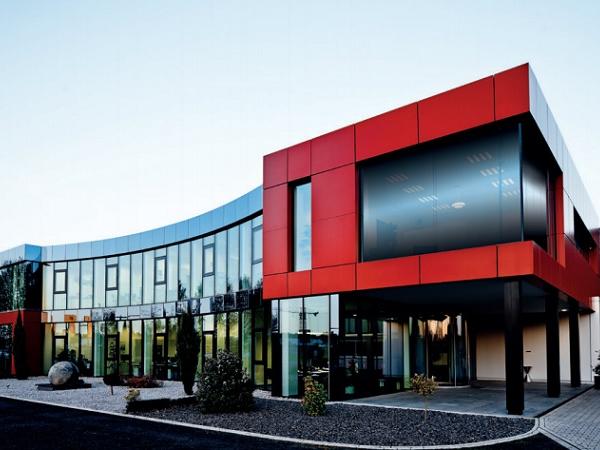Others also read
| During a recent project to understand the ability to use Transparent Structural Silicone Adhesive (TSSA) via linear bonding for cable wall fittings, a unique aspect of the material indicates a potential novel method for cold bending glass.
| This paper presents the results of an exploratory study into the metal-to-glass bond strength of a structural polyvinyl butyral (PVB) interlayer.
| Overview of the three available techniques for WS de-airing.
| It is estimated that 100 million to 1 billion birds a year perish due to collisions with glass.(1-2) In North America, some communities have enacted legislation aimed at protecting birds by calling for the design and installation of birdsafe glazing.
| This paper will discuss the psychology of perception, threshold, and emotion in interior glass design.
| Glass distortions may cause objects to appear irregular and out of focus when observed through a distorted glass panel.
| Modern architecture continues to produce ever more attractive and higher quality façade constructions.
| The aim of this paper is to show that it is possible to reduce costs while maintaining clear architectural, constructive and structural concepts.
| Structural, architectural and installation demands must all be considered in glass structures. The best solutions do not form a compromise between these demands but integrate them into one solution.
| The New Hype in Top End Architecture – an Examination of Latest Product Developments and Projects
| Three-dimensional formed glass products, manufactured from flat glass, are experiencing rapidly growing demand.
| Curved insulated glass units formed by tempered bending or annealed slumped bending offer a bold expression of architectural design with transparency and energy efficiency.
| In the constant search for original designs that truly push the limits, many building projects in the Middle East have been driving global innovation in engineering and façade design.
| New technological advances in glass have taken curved glass fabrication to different levels of complexity and performance in the last few years, and design continues to drive into new frontiers.
| Use of cold-bent and warped glass units in unitized curtain walling is a state-of-the art application.
| This contribution is an excerpt of the journal publication by Louter et al. 2018. It explores the potential of thin glass for architectural applications and reports on two thin glass concepts.
| In the following we’ll be limiting ourselves to the production of single pieces and small jobs of identical pieces, with applications predominantly in construction (e.g. windows, curtain walls, doors, showers, mirrors, kitchen splash backs) and interior design (e.g. display cases, furniture).
| New generation thin, lightweight and damageresistant glass seems to be the optimal material for extremely deformable structural elements for façades and building skins.
| Researchers and engineers search for solutions to achieve transparent lightweight structures combined with high structural performance.
| Daylight control is a main resource of energy saving in buildings. Daylight control systems with mirror optics have the potential to save air conditioning due to the ability to reflect the solar rays back into the sky.
| The color and performance of glass in buildings are important design elements. Project specific designed coatings can merge the visual intent of architects and building owners with the energy performance requirements of a building.
| The Glass structure of the West Balustrade in Eleftherias Square Nicosia Cyprus presented a challenge to Pentagonal in terms of 3D modelling, special glass fittings fabric, glass production, installation and testing.
| When designing with glass, there are a wide range of options to choose from to create a truly unique project.
| The high-tech, high strength glazing that covers today’s megatall buildings is as important to the building’s performance as the steel and concrete inside it.
| The compatibility of two or more materials consists in their capacity to co-exist in juxtaposition for an indeterminate period of time without manifesting signs of detachment (delamination), discoloration or alterations produced by chemical interactions.





